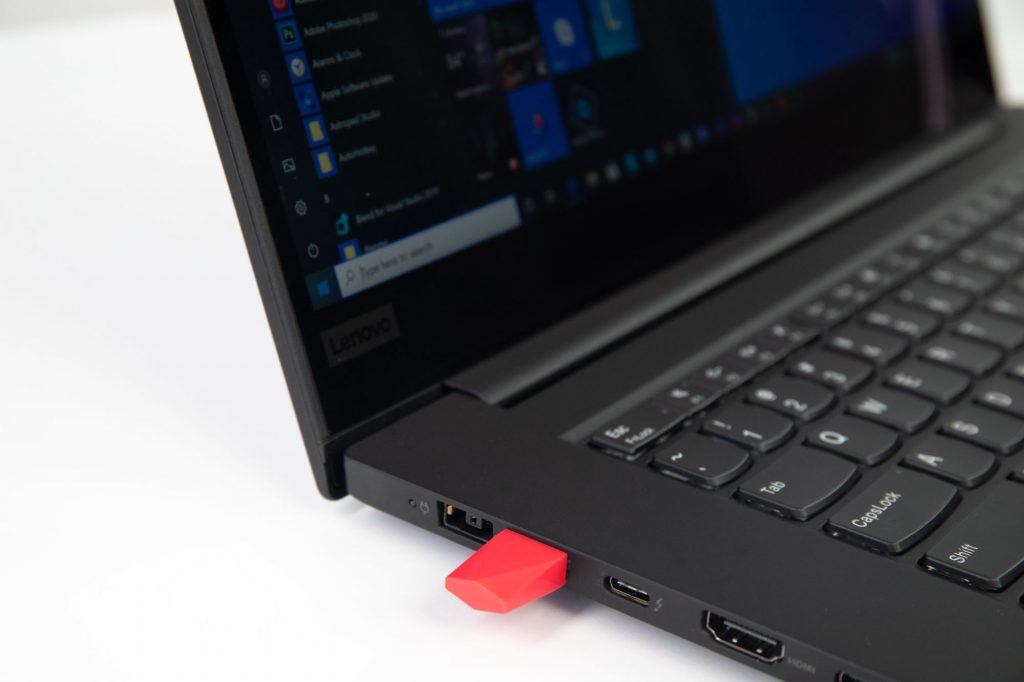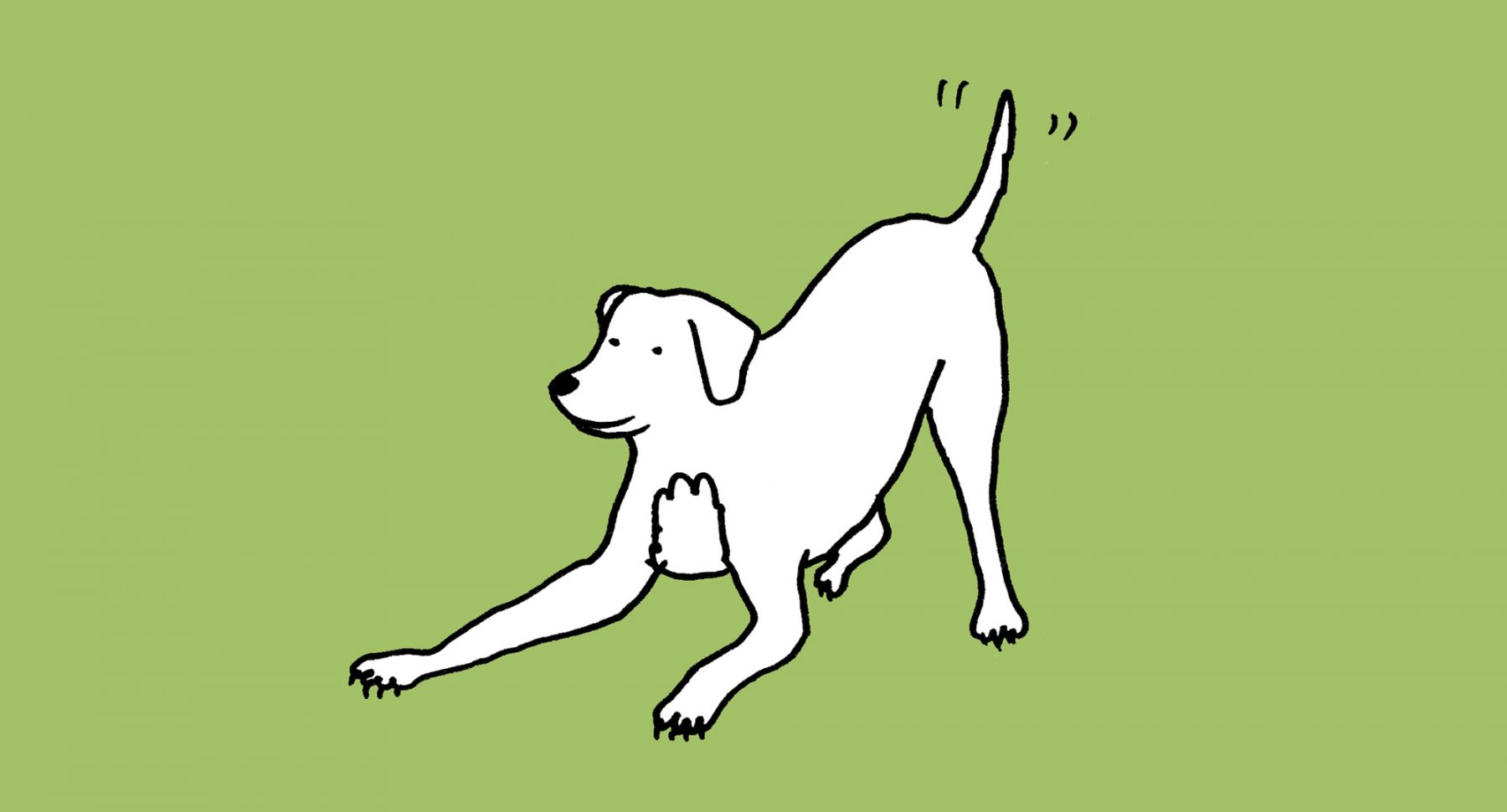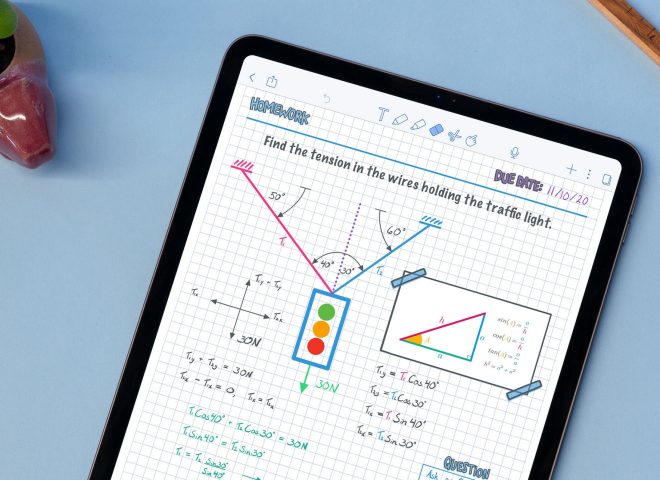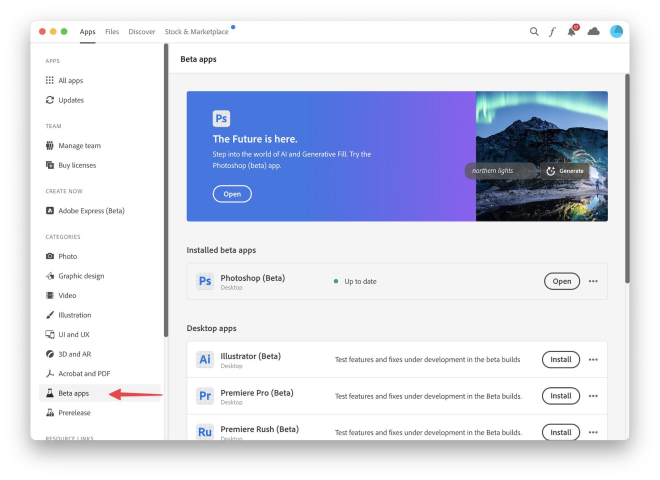Where We Are, One Year Later
We just passed the one-year anniversary of Astropad getting sherlocked by Apple. It all went down in June 2019 when Apple announced a new macOS feature called Sidecar that closely copied our product lines. Sherlocking happens when big platforms like Apple copy products from third-party developers on their platform. The impact on the third-party dev is crushing, and they’re usually forced out of business if they don’t pivot fast enough.
For us — a small, nimble startup with tech products for creative pros — getting sherlocked was a truly decisive moment for our company. At first, we weren’t sure if we’d be able to survive it. Over time though, we were able to adjust our product positioning and add new features that set us apart from Apple, buying us time to work on deeper, more fundamental business changes (like bringing our products cross-platform).
If you’re new here, last October I shared some of the lessons we learned the hard way in the months after being sherlocked. After reflecting on what led us into the trap of being copied by Apple, we walked away with a few profound lessons about growing a business:
- don’t limit yourself to a single platform (in our case, that meant the App Store);
- diversify sooner, rather than later (thankfully, we had multiple product lines to fall back on);
- and go where your customers go (for us, that means developing for Windows).
To an outsider, these might seem obvious. But trust me — when you’re swept up in the whirlwind of a tiny, bootstrapped startup, it’s so easy to lose sight of these things. This is our first rodeo! But if one thing is for sure, making these mistakes and surviving long enough to get a second chance is something that we don’t take for granted. In an ode to constant learning, I want to share where we are today: one year after getting sherlocked by Apple.
Tough Changes We Had to Make
In the months after Sidecar, our sales took a hit and we had to completely reevaluate our financial projections and product roadmap. We decided to focus our engineering efforts on bringing our products cross-platform, and we made it a priority to launch on Windows within the next year without making any layoffs. For the first time ever, that meant dipping into our cash reserves. Here’s what that has looked like for us:
Spending cuts
To soften the blow, we cut out non-essential spending. Our CEO Matt Ronge took a critical look at our monthly costs and paused any unnecessary subscriptions and services. Surprisingly, it wasn’t the big subscriptions that were the issue, it was the many smaller ones that added up. As part of the spending cuts, we also paused all advertising, which included paid social and podcast ads.
Another way we minimized spending was with our biannual company retreat, fondly called Astroweek. As a fully remote company, we meet up twice a year in-person for a week for team bonding. Typically, we like to switch up the destination of these retreats (before Sidecar hit, we had our spring 2019 retreat in Los Angeles!). Despite the circumstances, it was still a priority for us to have Astroweek for team morale purposes; building a solid team bond was more important than ever. So in October 2019, we decided to meet in Minneapolis where about a third of our team is located, which helped to cut hotel and travel costs.
Since Sidecar, we’ve actually done multiple rounds of spending cuts. The first was right away after Sidecar was announced, and we did a second round when the COVID-19 pandemic hit in March. With a looming recession and more uncertainty, we wanted to give ourselves even more financial cushion for us to get to Windows. We’re proud to say that as a result of these spending cuts, we haven’t needed to make any layoffs to the team.
Strategic hires
Another reprioritization came with hiring. We had to throw our hiring plans out the window and take a hard look at what kind of talent would help us reach our cross-platform goals. This meant freezing all hires except for ones that would directly impact our engineering efforts. Over the past year, we hired two software engineers with deep experience in the Rust programming platform. Jesús and Gabriel had a swift onboarding process and started work on building our product framework in Rust right away. We’re happy to have them on the team!
Nurturing a Fragile Team Morale
Between the blow of Sidecar and all of the tough financial and spending changes that followed, it’s no doubt that the team’s morale suffered. Many of our team members were worried about job stability, and even the stability of the company itself. Looking at where we are today, the challenge of Sidecar helped to solidify our core team and build trust in one another — we’re stronger today than ever before! But getting here required extra care from our founders to build faith in the vision for Astropad.
Financial transparency
For the first time ever, Astropad had a financial runway. Sidecar’s impact on our sales was great enough that we were dipping into our cash reserves, which felt like a doomsday countdown. I distinctly remember a meeting within Astropad’s leadership team where we debated how open we should be with the team about our financial situation. On the one hand, we didn’t want to scare our team and then have people quit because of feelings of instability. On the other hand, we couldn’t just pretend that things were normal; I knew that many people on the team were wondering how long we could survive with our new sales projections.
Ultimately, we decided to be fully transparent with the team. If we truly wanted to fire up the team about our vision to go cross-platform and diversify, we needed to be honest with them about where we were financially. To do this, Matt started presenting quarterly financial updates, which included an honest look at our runway. We looked at monthly sales, how much of our cash reserves we were spending each month, and how much longer we could survive.
It helped to frame this in multiple revenue scenarios: how long could we survive with 75% of our pre-Sidecar revenue? 50%? 25%? and 0%? We laid out the possibilities every quarter. On the marketing team, we familiarized ourselves with the phrase “closing the gap.” We knew how much of our cash we were burning every month, and we organized marketing campaigns designed to close as much of that revenue gap as possible. It was motivating to see product promotions and content campaigns directly impact the revenue gap.
Along with quarterly financial updates, we also adopted open-ended Q&A sessions for our weekly company meeting. At the end of every meeting, Matt opened up the floor for anyone to ask anything. Tough questions were welcomed. It was important to allow the team to put our founders on the spot to honestly answer any questions or concerns. Looking back over the past year, I can honestly say that transparency was the number one most impactful policy for keeping our team motivated for our future.
Extra care for employee burnout
When team morale is low, the risks of employee burnout are heightened. We started looking for ways to ease the tension for the team. To do this, everyone took a nice, long holiday break in December. We shut down the company for two weeks and didn’t require team members to use PTO days. We split the support load up into shifts between the whole team so that it didn’t only fall on our support team. Other than those shifts, it was a true “company shutdown” that gave time for the team to recharge for the new year.
When the COVID-19 pandemic hit in March, we knew that the added stress of uncertainty would affect morale. Rather than hoarding vacation days, we’ve been encouraging the team to use PTO to take “staycations” to recharge. With our products launching on Windows later this year, we need everyone to be well-rested and fired up for our big 2020 plans.
Developing our Products for Windows
Getting sherlocked taught us the perils of limiting yourself to one platform provider. Whether you realize it or not, the platform that you operate on (Apple, Twitter, Facebook, or Google) is your stealthiest and most powerful competitor. We certainly aren’t the first third-party developer to get crushed by the App Store. In fact, earlier this year, the United States Department of Justice opened up an antitrust investigation with Apple. If you’re curious about how the App Store can level the playing field for devs, we put together some recommendations for how Apple can tackle its antitrust issues.
Finding stability in going cross-platform
In reality, we can’t wait around for Apple to play fair. So, we decided to go where our customers are going! And for the creative-pro community, that means Windows. We’ve been getting requests to bring our products cross-platform for years, and Sidecar was the push we needed to get the ball rolling. We’ve heard over and over that artists are migrating to PCs because they can pretty much get more bang for their buck — more powerful computers at a lower price than what Apple has to offer.
A year ago, we didn’t have a single line of code for Windows. But our engineering team dove head-first into the Rust programming language, and a year later, we can see the light at the end of the tunnel. You can read the full details about why we’re developing our products in Rust, but it comes down to this: faster and more reliable code. In the process of rewriting our products in Rust, we’ll not only be bringing them cross-platform, but we’re also building better code for our products on Mac, too. It’s a win-win for our future and current customers!
Getting close to a public beta and Kickstarter
So where are we on the Windows front today? Really, really close! 😉 Later this summer, we’ll open up Astropad Studio for a free public beta on Windows. Not long after, we’ll be launching a Kickstarter campaign for an HDMI version of Luna Display. To share our progress, we’ve been documenting behind-the-scenes details of our journey to Windows on our blog. It all goes along with our push for transparency!
Another big part of going cross-platform has been getting to know our Windows customer base. That means lots of market research, surveys, and moving our workflows to Windows. Astropad’s CEO has always been an Apple loyalist, but over the past year he’s started splitting his workflow between Mac and Windows in order to get familiar with the platform.

Building a Future-Proof Brand
Around the new year, our marketing team started to worry about fatiguing our audience with constant product sales and promotions to “close the gap”. In January, we decided to pause all sales campaigns, and instead focus on longer-term branding initiatives.
Unifying our parent brand
For years, we had dreamt of merging our separate Astropad Standard, Astropad Studio, and Luna Display product brands under one unified company brand, Astropad. We had noticed that each time we launched a new product, it was a ton of work to establish a new product brand. With more product innovation and development in the pipeline, we envisioned a strong umbrella brand that we could use to leverage future product launches. In other words, we wanted people to start realizing that Astropad is the company that makes hardware products like Luna Display and drawing software like Astropad Studio. We envisioned the Astropad parent brand taking the front seat for our company.
In the first quarter of 2020, we threw all of our marketing muscle at ironing out and launching the new company brand. This included designing and building a new WordPress site, and then merging it in with our existing Shopify site for hardware product purchases. It was a big job for our mighty marketing team of three people! In fact, we’re still in the process of slowly merging everything together (and once again, we’ve learned some tough lessons about SEO along the way — the learning never stops!).
Laying the foundation for more products
The reason why this branding project was so high-priority for us was that it lays a solid foundation for future product launches. In addition to Windows development, we are also currently developing three new products, two of which are hardware. Now, we’ll be able to launch those products on our existing Shopify site catalog, instead of separate ones for each product. And with all of our products now living under one website, astropad.com, we can easily cross-promote products within our audience without confusion.
So Where Would We Be Without Sidecar?
We couldn’t see it at the time, but getting sherlocked was a huge force for positive change at Astropad. It was the push we needed to get outside of our comfort zone and finally start developing for Windows. And yes, our sales took a hit. But without that slow-down, we might not have taken the time to smooth out our branding and lay the groundwork for a future suite of Astropad products.
Today, our code is faster, our products are (almost) cross-platform, our branding is stronger, and our team is tighter than ever. No doubt, we’re better off today than we were a year ago. Without Sidecar, we’d probably still be gridlocked within the Apple ecosystem. We’d be chugging along, but we wouldn’t have solved any of the fundamental issues at the core of our business.
It’s these kinds of do-or-die scenarios that create the perfect environment for fresh innovation. With the right mindset, you can look at it as the chance to turn lemons into lemonade!





